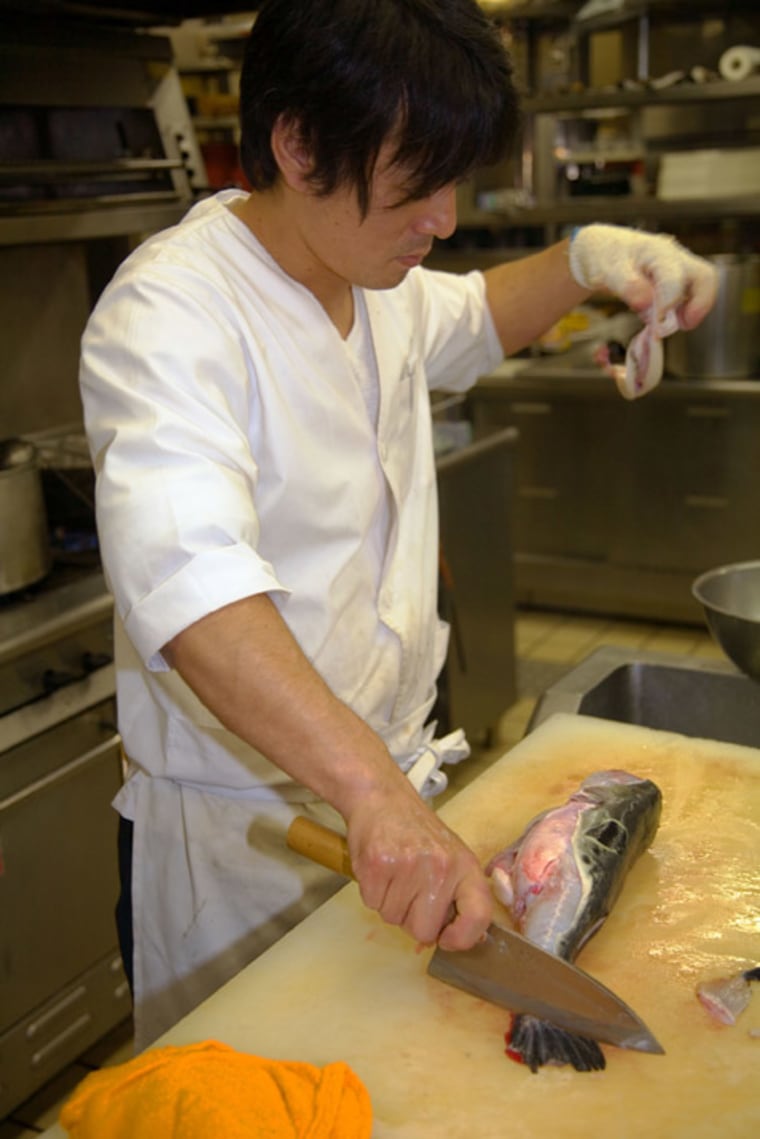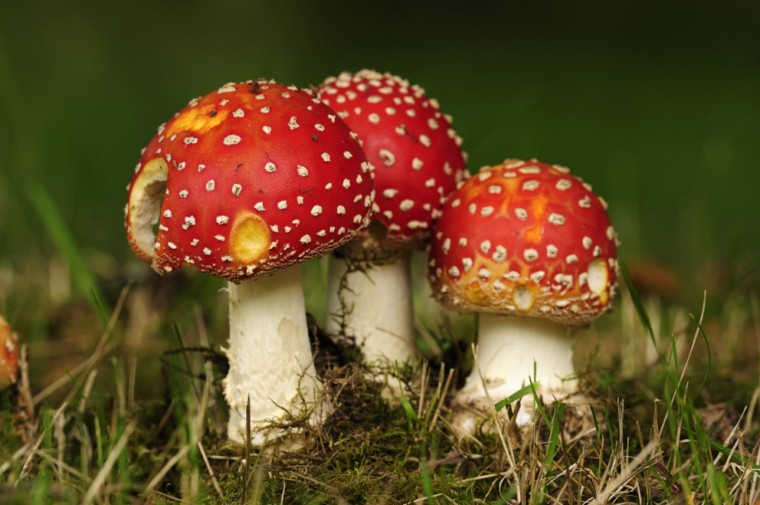Plenty of people travel by their stomachs. Some people’s stomachs, however, have a death wish.
Take, for instance, the enticement of eating fugu. This puffer fish is infamous for its lethal amounts of the poison tetrodotoxin, meaning possible death by asphyxiation for anyone who eats a sloppily prepared sample.
In January 2009, seven men in northern Japan ordered fugu at an “unlicensed” restaurant and ended up in the hospital, battling respiratory failure. But they can still count themselves lucky. According to Japan’s Ministry of Health, Labour and Welfare, 803 people were poisoned by fugu between 1989 and 2006, and 52 of them died.
For travelers with super-adventurous palates, sometimes “spicy” just isn’t enough. Fortunately, they don’t have to look too hard to find dishes whose appeal stems from their risky natures. Maybe it’s a bullfrog whose status as safe eating depends on when it was harvested during the rain and mating seasons. Or raw tentacles — pulled from a live octopus — that threaten to suffocate diners by clinging to their throats.
But fugu ratchets up the danger level, so you want a chef who knows a lot more about preparing fish than just how to make a good beer batter. In Japan, the fugu-chef certification process typically takes two to three years and has a high failure rate, leaving only a relative few to practice fugu magic.
The San-Qi restaurant at the Four Seasons, Mumbai recently debuted its own fugu-certified chef, who serves his safe version of the infamous fish either lightly grilled with citrus soy ($20) or as Fugu Sushi ($14). Other skilled chefs prepare it with just a tiny amount of poison — enough to make diners feel a little tipsy, or numb and prickly around the lips.

Some say that even on culinary grounds the fishy delicacy isn’t worth the risk. “Honestly, it tastes like a normal fish,” says Eric McLaughlin, a Tucson-based travel doctor and self-avowed daring eater who has tried fugu elsewhere. “It’s kind of soft and creamy — some people like it, but I can take it or leave it.”
But let’s face it: taste is often not the issue here, just as skydiving is usually not about getting some fresh air. Consider casu m0arzu, a black-market cheese made in Sardinia. It starts off as pecorino, and its overall taste is compared to a mild Gorgonzola in flavor. The zing comes from its preparation: it’s cultivated using flies that produce live maggots in the cheese, which may then set up housekeeping in your digestive tract.
Dangerous foods, however, aren’t always intentionally ingested. Even the most innocuous dishes can make us sick, depending on how the meat or fish is caught, stored, or cooked, says McLaughlin.
In fact, the most common food-borne threat to travelers comes from pretty mundane sources. According to the Centers for Disease Control, about 10 million people — or between 20 and 50 percent of international travelers — get hit annually by a type of Montezuma’s revenge. The main culprits: food or water tainted with germs that locals have usually become immune to.
Sure enough, McLaughlin says that tap water from a third-world country is probably the riskiest thing an American traveler can ingest. While most nondaring travelers are savvy enough to avoid drinking water straight from the tap, they all too often gloss over other glaring risks — like, say, food from street carts, or drinks on the rocks—and shoot themselves in the foot (or, perhaps more accurately, lower intestine). “I’ve watched tourists in Mexico and other places,” he says, “take out bottled water but pour it over foreign ice.”
